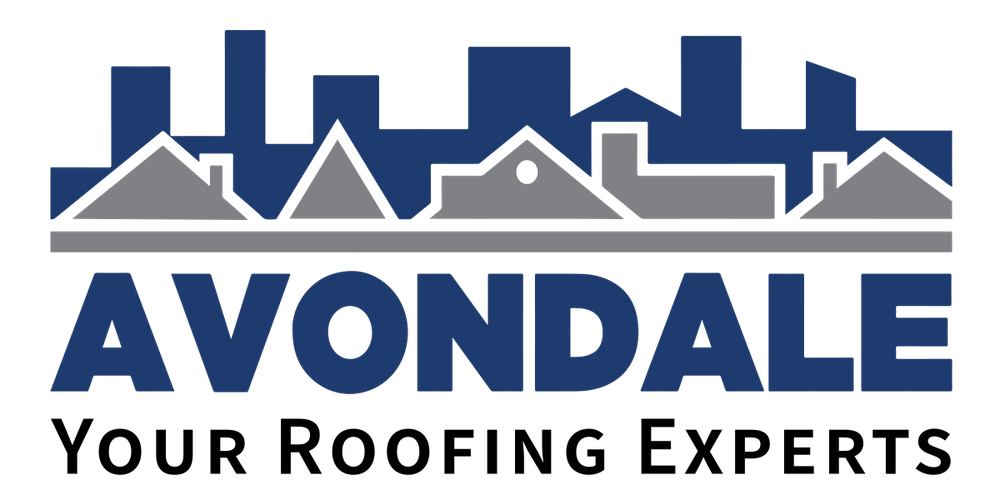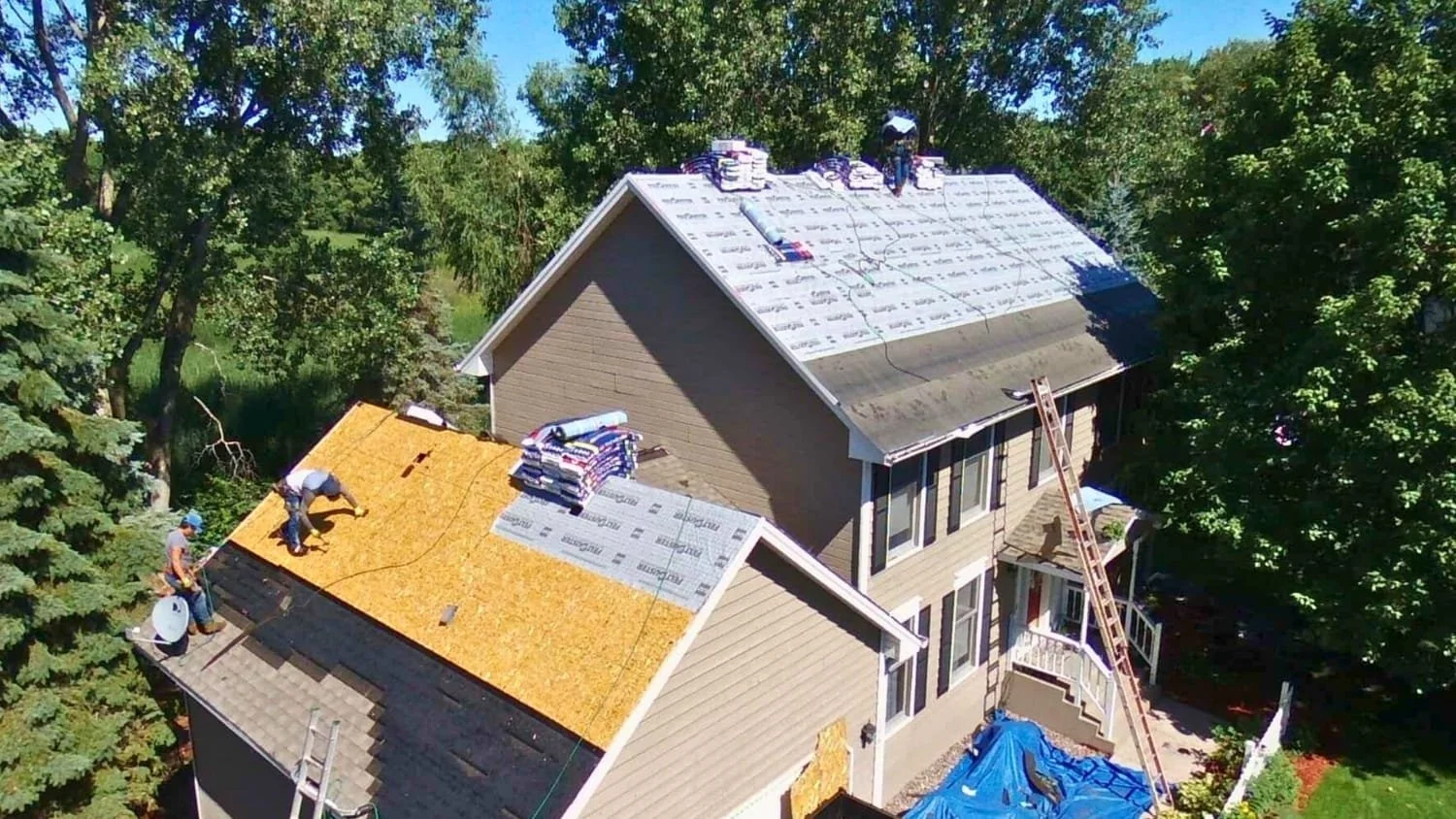Common Roofing Problems and How to Solve Them
Learn about common roofing issues and how to solve them. From leaks to damaged shingles, find tips to protect your roof.
Your roof endures year-round exposure to the elements, making it one of the most vulnerable parts of your home. Whether it’s harsh weather or the passage of time, the wear and tear on your roof can eventually lead to issues that require immediate attention.
Knowing the most common roofing issues and how to address them is essential to protecting your home and avoiding costly repairs.
This guide outlines the typical common roofing problems homeowners face and provides actionable solutions to resolve them effectively.
1. Roof Leaks
Roof leaks are among the most frequent problems homeowners encounter. These can occur due to damaged shingles, poor flashing installation, or clogged gutters. Leaks often manifest as water stains on ceilings or walls, damp spots in the attic, or visible drips during rainfall.
Solutions for Roof Leaks
Inspect for Damage:
Check around chimneys, vents, and skylights, where leaks are most common.
Quick Fix:
For minor leaks, apply roofing sealant to the affected area temporarily.
Professional Repair:
Contact a roofing expert to replace damaged shingles or repair failed flashing for long-term protection.
2. Damaged or Missing Shingles
Shingles provide the first line of defense against the elements, but they’re susceptible to damage from wind, hail, and UV exposure. Missing or damaged shingles leave your roof vulnerable to water infiltration and structural deterioration.
Fixing Damaged or Missing Shingles
Patch Work:
Replace individual damaged shingles with new ones that match your roof’s style and color.
Inspect Regularly:
Check your roof after storms or high winds to identify and address problems early.
Preventive Upgrades:
Use weather-resistant shingles for increased durability over time.
3. Flashing Failures
Flashing is a thin material (usually metal) installed to direct water away from critical areas like chimneys, skylights, and vents. Improper installation or natural wear and tear can lead to leaks and water damage.
Solutions for Leaky Flashing
Inspect Frequently:
Look for cracks, rust, or dislodged sections around flashing areas.
Immediate Repairs:
Apply roofing cement to seal small gaps or replace damaged sections entirely.
Professional Input:
Ensure flashing is installed and maintained by trained professionals to avoid recurring issues.
4. Clogged Gutters
While clogged gutters might seem like a minor inconvenience, they can cause significant problems for your roof. Water that cannot drain properly may pool and seep into your roofline, causing leaks and rot.
Solutions for Clogged Gutters
Routine Cleaning:
Remove debris from gutters at least twice a year, especially during the fall.
Install Guards:
Add gutter guards to minimize the buildup of leaves and twigs.
Check Slopes:
Ensure gutters are properly sloped to direct water away from your home.
5. Ice Dams
Ice dams form during winter when heat escapes from your attic, causing snow on the roof to melt and refreeze at the edges. This trapped water can seep under the shingles, leading to leaks and structural damage.
Preventing Ice Dam Formation
Improve Insulation:
Proper attic insulation prevents heat from escaping and keeps your roof cool.
Install Heat Cables:
Heat cables along the roof's edges can melt ice and ensure proper drainage.
Clean Gutters:
Keep gutters clear to provide an unobstructed path for melting snow to drain.
6. Moss and Algae Growth
For homes in humid or shaded areas, moss and algae growth is a common issue. Over time, these organisms can degrade roofing materials and reduce your roof’s lifespan.
Preventing Roof Algae Growth
Regular Cleaning:
Use a mixture of water and bleach to remove moss and algae buildup.
Preventative Measures:
Install zinc or copper strips along the roof's ridge to inhibit future growth.
Improve Ventilation:
Trim overhanging branches to promote airflow and reduce shade.
7. Poor Ventilation
A roof requires adequate ventilation to regulate temperature and moisture levels. Improper ventilation can lead to mold growth, wood rot, and higher energy costs.
Improving Attic and Roof Ventilation
Inspect Ventilation Systems:
Check ridge vents, soffit vents, and attic fans for blockages or damage.
Install Additional Vents:
Increase airflow by adding more vents where necessary.
Professional Evaluation:
Have a roofing expert assess your ventilation system for optimal performance.
8. Storm Damage
High winds, hail, and heavy rain can cause significant damage to your roof, including missing shingles, dents, and water infiltration.
What to Do After Roof Storm Damage
Post-Storm Inspection:
Look for visible damage, such as loose shingles or debris on the roof.
Temporary Fixes:
Cover damaged areas with a tarp to prevent further water intrusion until repairs are made.
Insurance Coverage:
Document damage and contact your insurance provider to file a claim if necessary.
9. Structural Issues
Over time, your roof’s structure may weaken due to age, poor installation, or ongoing water damage. Signs include sagging areas, cracked rafters, or uneven shingles.
Addressing Roof Frame Problems
Regular Inspections:
Check for sagging or bulging areas that may indicate structural problems.
Reinforcement:
Replace weakened components such as rafters or trusses with new materials.
Complete Replacement:
For extensive structural damage, a full roof replacement may be necessary to ensure safety and longevity.
Protect Your Home with Professional Roofing Services
Being proactive about common roofing problems can save you money and extend the life of your roof. Regular inspections, timely repairs, and professional maintenance go a long way in protecting your investment.
For expert help with roof inspections, repairs, and replacement, turn to Avondale Roofing’s Residential Roofing Services. Our team provides high-quality solutions tailored to your needs, ensuring your roof is ready to withstand any challenge.

